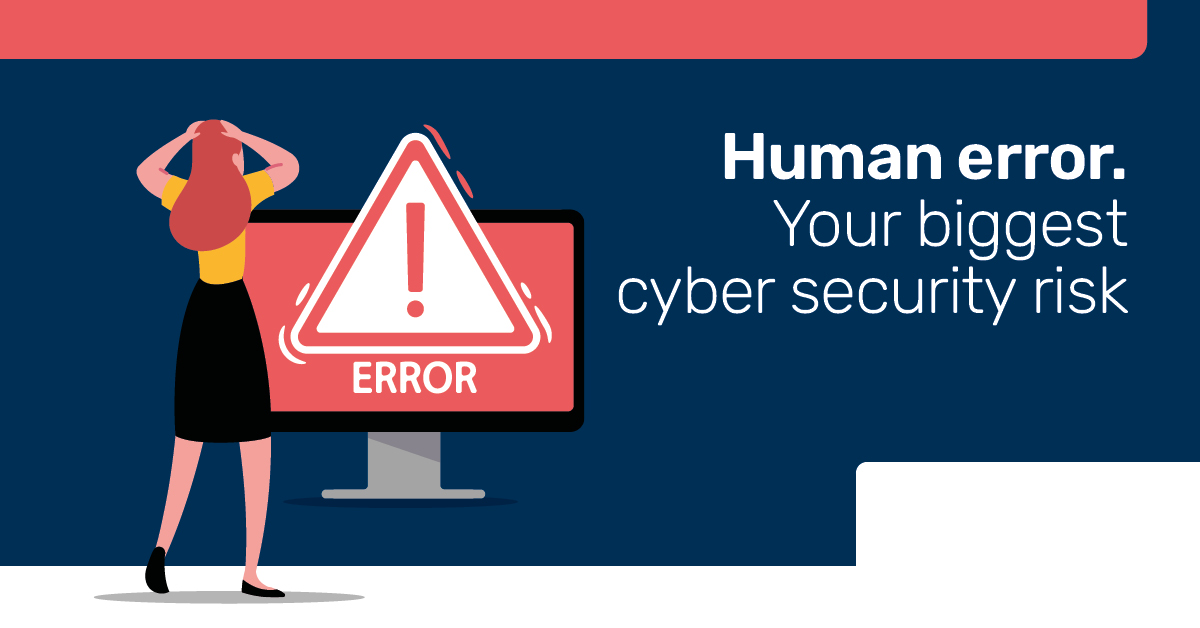In the vast landscape of cyber threats, one vulnerability often stands out as the most significant – human error. Despite the rapid advancements in security technology, the human element remains the weakest link in the chain, especially for small and medium-sized businesses (SMBs). As such, implementing a robust cyber security awareness training program is not just beneficial; it’s crucial. But where do you start? Let’s delve into the strategic steps involved.
Assessing Your Baseline Security Knowledge
Before you can begin to educate your team, you need to understand your starting point. What is your organization’s baseline level of security knowledge? This initial assessment helps identify knowledge gaps and areas of weakness that your training program should address.
You can gauge this by conducting a simple survey or quiz that covers basic cyber security principles. The results will give you a clear picture of your team’s current understanding and where the focus of your training should be.
Identifying Your Business Risks
Every business has unique risks based on its industry, size, and the nature of its operations. Therefore, understanding these risks is integral to creating an effective cyber security awareness program.
Start by conducting a risk assessment to identify potential vulnerabilities and threats. For instance, if your business handles sensitive customer data, phishing attacks might be a significant risk. Once you’ve identified these risks, you can tailor your training to address them specifically.
Creating a Training Plan
Now that you understand your team’s knowledge gaps and the risks your business faces, you can create a targeted training plan. This plan should cover a broad range of topics, from basic password hygiene to more complex issues like recognizing and avoiding phishing attempts.
Remember, effective training is ongoing and adaptive. Cyber threats evolve constantly, so your training program should too. Regularly update your training materials to reflect the latest threats and best practices.
Measuring Training Effectiveness
Finally, it’s essential to measure the effectiveness of your training program. Are your employees retaining the information? Are they applying what they’ve learned?
You can measure this through follow-up quizzes, simulations, and observing changes in behavior. For example, if your team is consistently identifying and reporting phishing emails, that’s a good sign your training is working.
Cyber security awareness training is a critical step towards safeguarding your business from cyber threats. It empowers your team to become active participants in your security strategy, rather than potential points of vulnerability.
To help you get started, we’ve created a comprehensive guide that covers everything you need to know about cyber security awareness training. It’s free, and it’s packed with valuable insights and practical tips. Download it now and take the first step towards a more secure future for your business.



